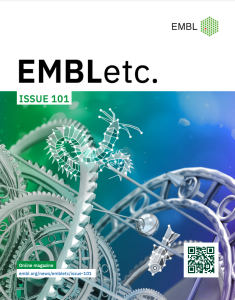4 December 2024
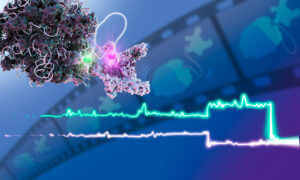
Science & Technology
With a novel approach, EMBL scientists discovered important interactions between molecular machines, potentially offering new opportunities for drug development.
4 March 2022

Science & Technology
Genomes are made up of thousands of individual pieces – genes – which are expressed at different levels. Researchers at EMBL have shed light on how the placement of a gene affects its expression, as well as that of its neighbours.
2022
sciencescience-technology
18 December 2020
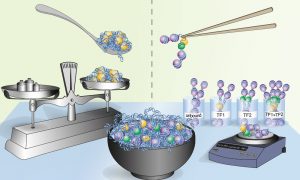
Science & Technology
Gene activation requires the cooperative activity of multiple transcription factors. Until now, the mechanism used by these factors to coordinate their actions has been poorly understood. EMBL’s Krebs group presents a DNA footprinting method that makes it possible to determine whether…
2020
sciencescience-technology
24 January 2020
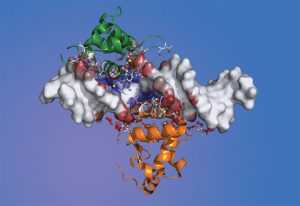
Science & Technology
EMBL researchers have developed a method to observe interactions between transcription factors
2020
sciencescience-technology
20 December 2019
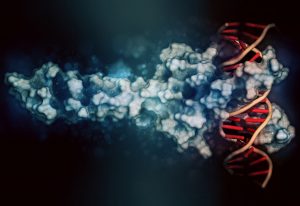
Science & Technology
The software diffTF quantifies activity of transcription factors and predicts their mode of action
2019
sciencescience-technology
6 December 2019
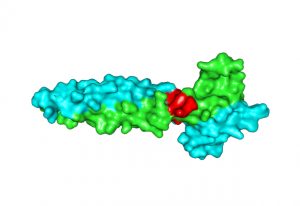
Science & Technology
A new paper describes a unique mechanism of partner selectivity in transcription factors.
2019
sciencescience-technology
24 July 2019
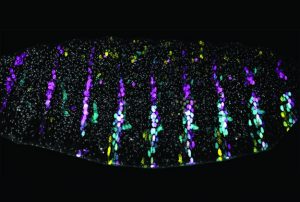
Science & Technology
Enhancers in Drosophila embryos gather together to preserve phenotypes under stressful conditions
2019
sciencescience-technology
15 July 2019

Science & Technology
Does rearranging chromosomes affect their function? EMBL scientists reveal uncoupling of 3D chromatin organisation and gene expression.
2019
sciencescience-technology
15 October 2018
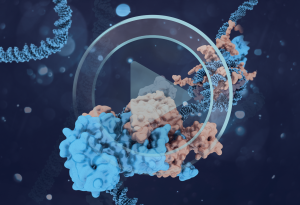
Science & Technology
EMBL scientists gain mechanistic insights into how cellular signalling controls gene regulation
2018
sciencescience-technology
14 March 2018
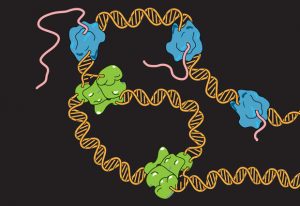
Science & Technology
Thanos Halazonetis discusses the EMBO/EMBL Symposium: DNA Replication: From Basic Biology to Disease
2018
eventsscience-technology
25 January 2017

People & Perspectives
New group leader Wojciech Galej investigates RNA-protein complexes involved in gene expression
2017
people-perspectivesscience
3 August 2015
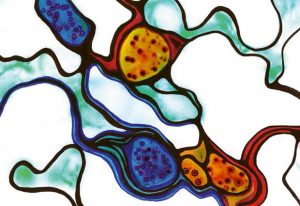
Science & Technology
How T-cells are trained on what not to kill
2015
sciencescience-technology
17 November 2014
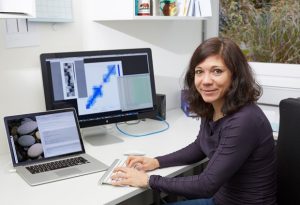
People & Perspectives
Whether it’s information or people, the art of connecting is key to new group leader Judith Zaugg
2014
people-perspectivesscience
14 October 2014
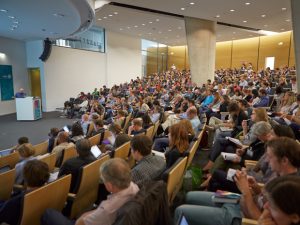
Experts from multiple fields come together to understand how the instructions in genes are read
2 July 2014
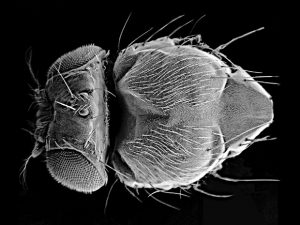
Science & Technology
Surprising finding: enhancers find their targets long before activation in Drosophila embryos
2014
sciencescience-technology
25 June 2014
Science & Technology
Scientists determine the structure of auxin response factors: daisy-chains that regulate gene expression
2014
sciencescience-technology
24 April 2013
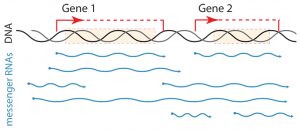
Science & Technology
Like musicians in an orchestra who have the same musical score but start and finish playing at different intervals, cells with the same genes start and finish transcribing them at different points in the genome. For the first time, researchers at EMBL have described the striking diversity of…
2013
sciencescience-technology
4 February 2013
Science & Technology
Mature cells can be reprogrammed to pluripotency and thus regain the ability to divide and differentiate into specialized cell types. Although these so-called induced pluripotent stem cells (iPS cells) represent a milestone in stem cell research, many of the biochemical processes that underlie…
2013
sciencescience-technology
6 March 2008
Science & Technology
Epigenetic regulation – modifications to the structure of chromatin that influence which genes are expressed in a cell – is a key player in embryonic development and cancer formation. Researchers at the European Molecular Biology Laboratory (EMBL) in Heidelberg now gained new insight…
2008
sciencescience-technology
No matching posts found
















